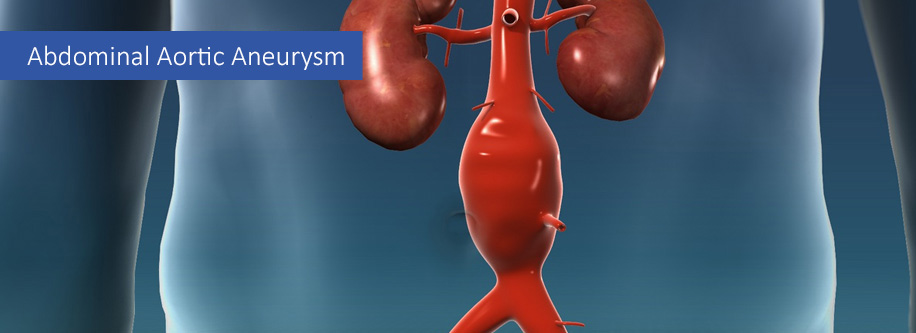Abdominal aortic aneurysm is called aorta enlargement if its diameter is increased by 1.5 times or more. Every year there are 36-40 cases per 100,000 patients, and 200,000 new cases worldwide. Abdominal aortic aneurysm is unfortunately a progressive disease. The size increases by an average of 10% per year, and often the only manifestation of disease symptoms is the rupture of the aneurysm. The gender ratio is male/female 4/1. People with a family history, especially a first-degree relative, have a 12-fold increased risk of developing an abdominal aortic aneurysm.
Abdominal aortic aneurysm is the 15th leading cause of death during the year, and the 10th leading cause of death among patients over 60 years of age.


